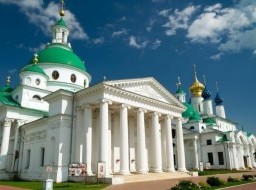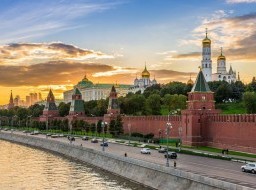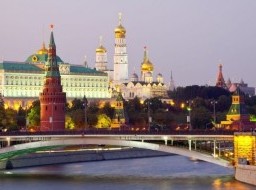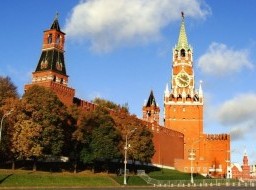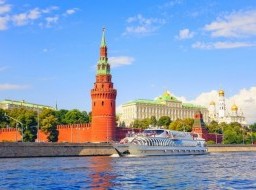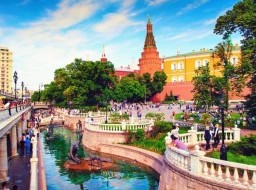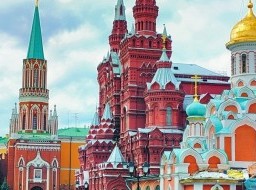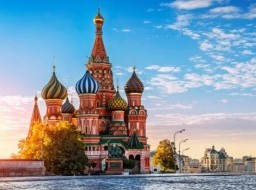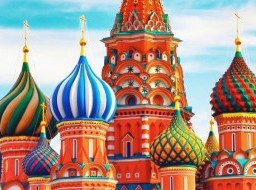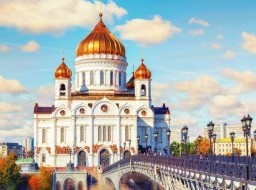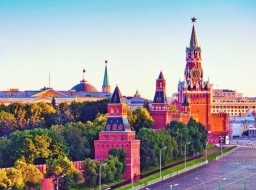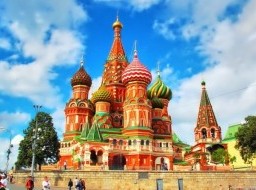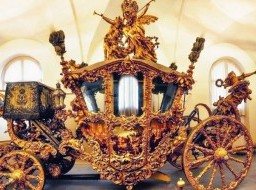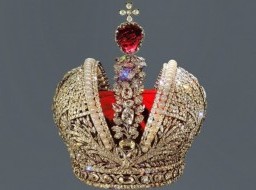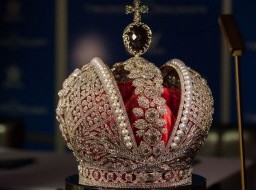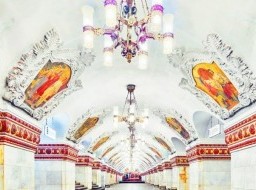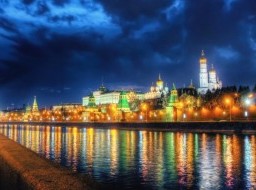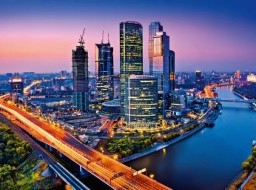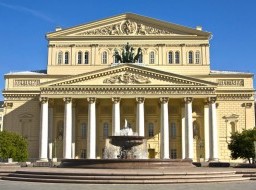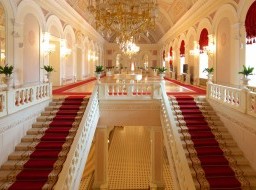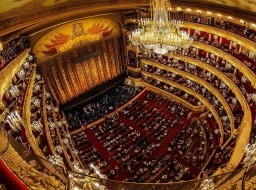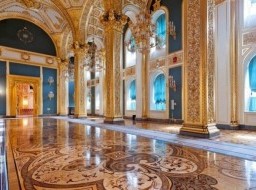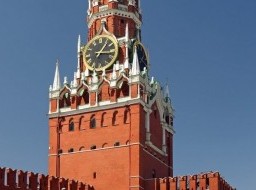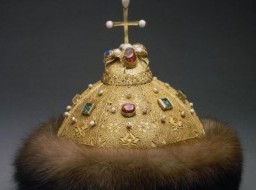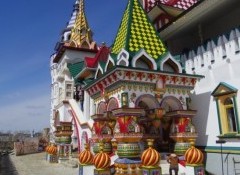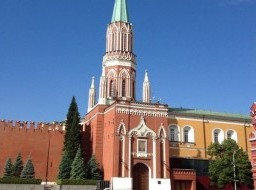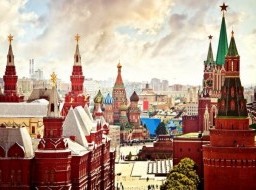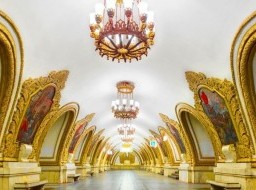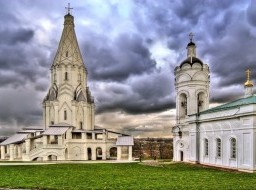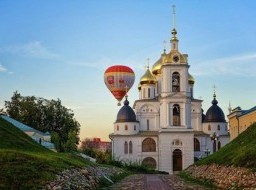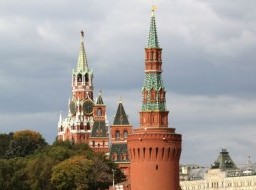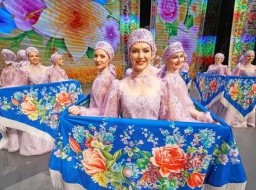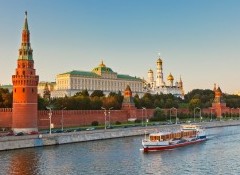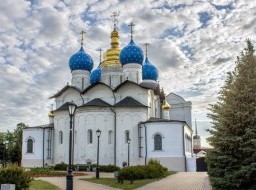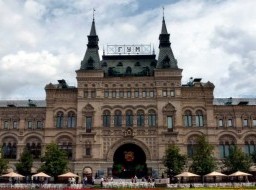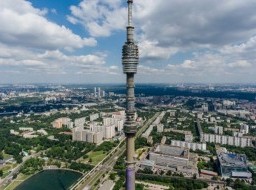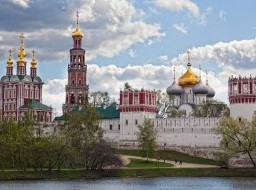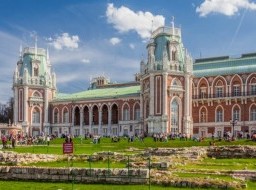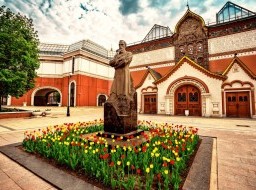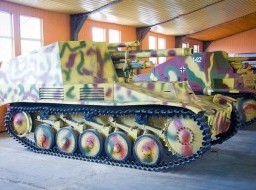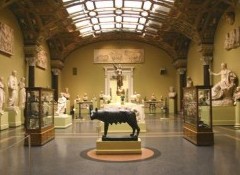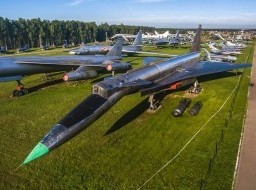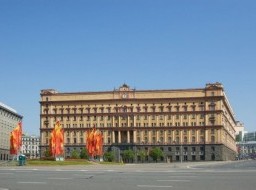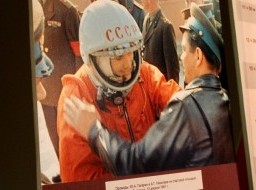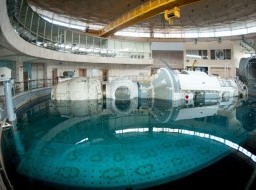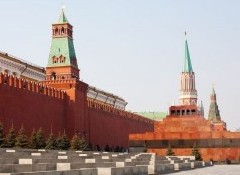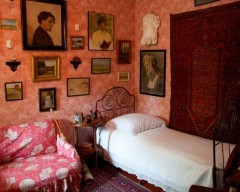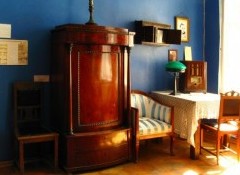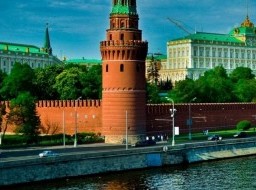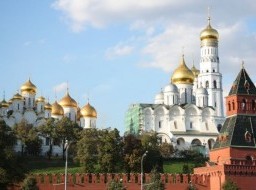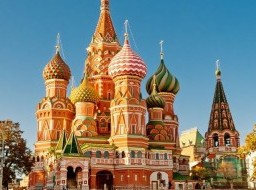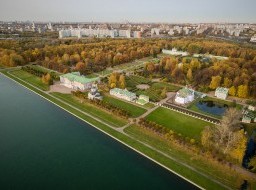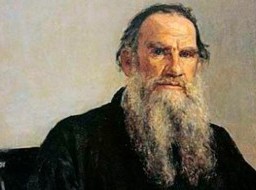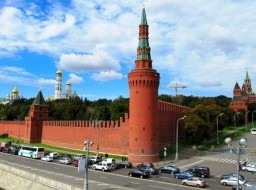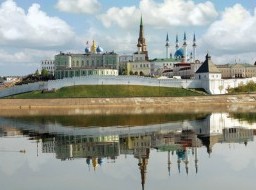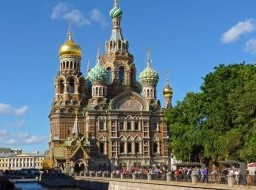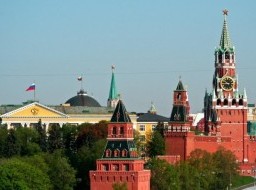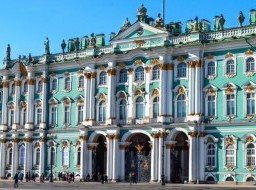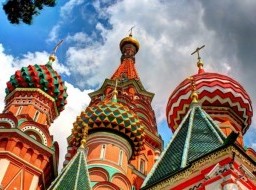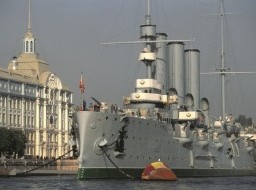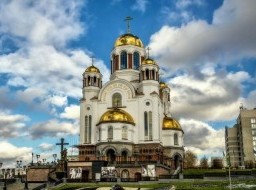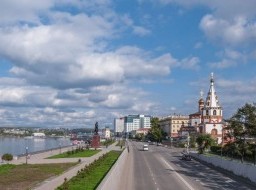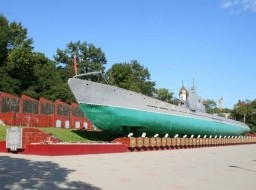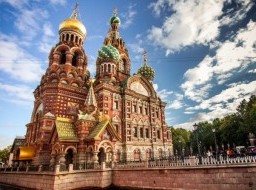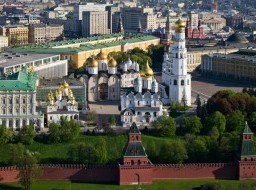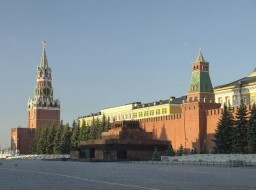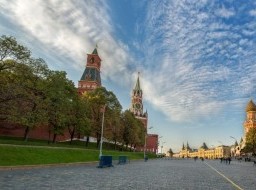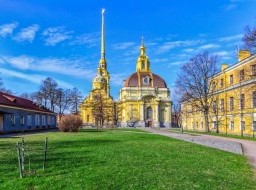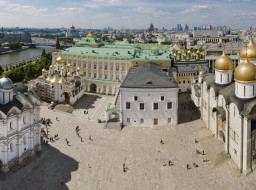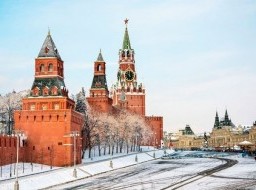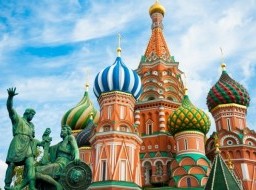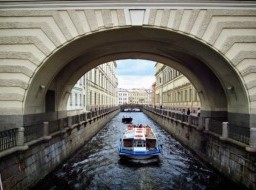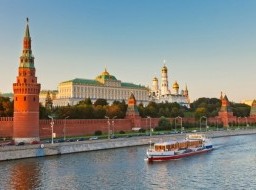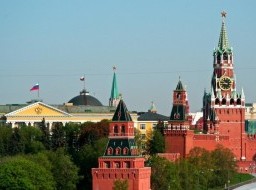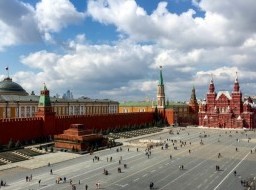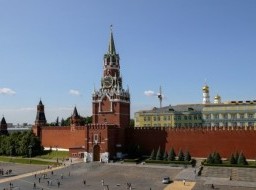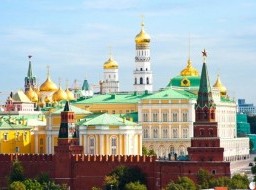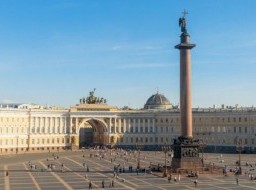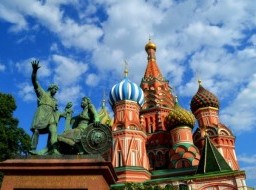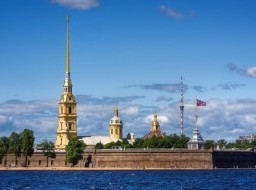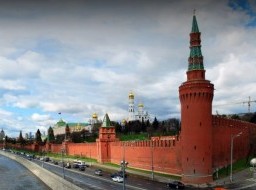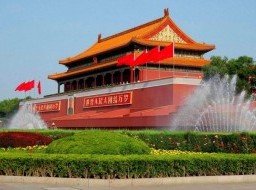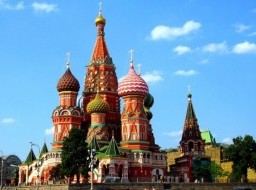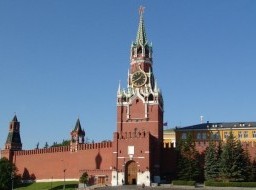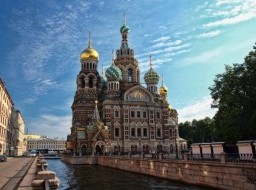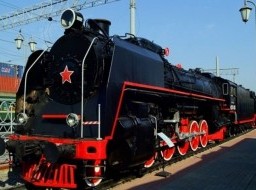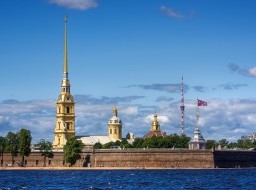The Bolshoi Theater
The Bolshoi Theatre is a symbol of Russia for all time. It is one of the leading ballet and opera companies in the world. It was awarded this honor due to the major contribution it made to the history of the Russian performing arts. This history is on-going and today Bolshoi Theatre artists continue to contribute to it many bright pages. The Bolshoi building, which for many years now has been regarded as one of Moscow's main sights, was opened on 20 October 1856, on Tsar Alexander II's coronation day. An evening at the Bolshoi is still one of Moscow's most romantic and entertaining options for a night on the town. The glittering six-tier auditorium has an electric atmosphere, evoking over 235 years of premier music and dance. Both the ballet and opera companies perform a range of Russian and foreign works here. The Bolshoi has recently undergone a much-needed renovation. In 2011 the theatre reopened the doors of its main stage after several years of work, revealing expanded theatre space and glittering mouldings. The State Bolshoi Theatre of Russia is one of the best musical theaters in the world. The Bolshoi Theater was founded in 1776, by the moment when the First regular troupe in Moscow was organized by Peter Urussov, an educated theatrical Figure and Moscow public prosecutor, and his partner Mikhail Medoks. The troupe was formed from the actors of an earlier Moscow theatrical company, students of Moscow University, and newly engaged serf actors. Contacts of the Petrovsky Theater troupe with the folk musical art were establishing national traits of execution style on Moscow stage. Also contributing to this was the repertoire which mainly consisted of operas by Russian composers written on the basis of national themes and imbued with popular song art. The most significant of the operas were "The Miller - Sorcerer, Deceiver and Match-Maker" by Mikhail Sokolovsky, "The Bad Luck from the Coach", "Saint-Petersburg's Trade Stalls", "The Miser" by Vassily Pashkevich and many others. In 1806, the theatre became a national one under the authority of the Office of Moscow Imperial Theatres. At that time, works of Italian and French composers were for the first time staged at the theater. Domestic operas by composers Alexander Aliabiev and Stepan Davydov were directed as well. For most of the last three decades the Bolshoi was led by Yuri Grigorovich, an artistic director known as much for his accomplished, classical choreography. Under Grigorovich's tenure, and graced by the presence of a series of remarkably gifted dancers, the Bolshoi's became known as one of the world's great ballet companies. Main stage of the Bolshoi has been re-opened on October 28, 2011 after a six-year multi-layer $660 million restoration. Gilders, weavers and decorators have been working around the clock to restore the theater to its 19th century glory, the era considered its most opulent. The Bolshoi's return to glory includes the refurbishment of an interior that was once paneled with rare pine and gilded by hand with real gold for the best acoustics before the Soviets damaged them. The theater's stage is gaining a sound-reflecting floor coating -- specifically designed for opera - and a ballet stage returned to its once-famous four-degree angle that is able to absorb impact, making jumping safer for dancers. Bolshoi performances elicit international acclaim, and an evening at the Bolshoi remains one of Moscow's sublime pleasures. The lovely, acoustically-excellent theater is a very captivating venue. |
|
